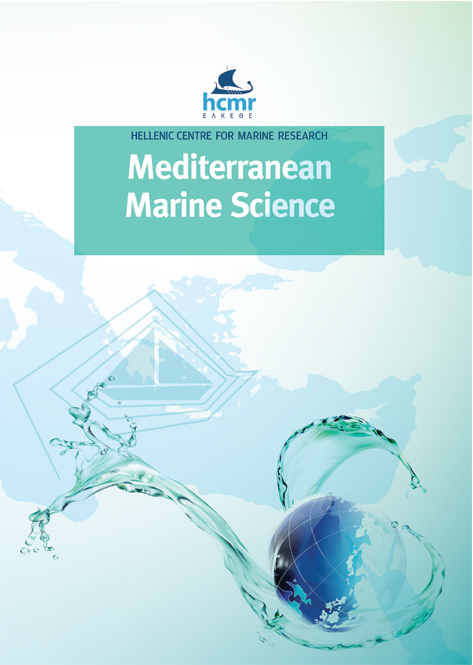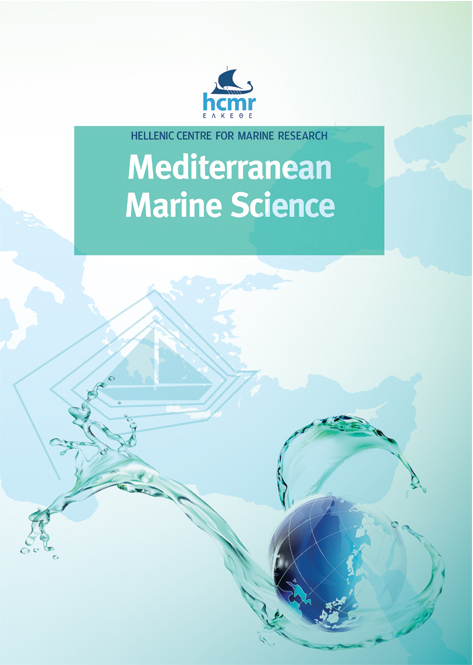Effects of marine protected areas on fish communities in a hotspot of climate change and invasion
Abstract
The positive ecological effect of fully protected Marine Protected Areas (MPAs) on fish populations has been widely explored. Key indicators of fully protected MPAs effectiveness include an increase in biomass, density, and body size of commercially exploited large fishes. Fully protected MPAs are also hypothesized to be more resilient to both marine invasions and ocean warming, but this has seldom been tested. The eastern Mediterranean (Levantine) basin is the warmest region in the Mediterranean. Moreover, this region is the front-line of biological invasion from the Red Sea via the Suez Canal. Thus, MPAs in this region are faced with both high numbers of exotic species and warm temperatures. Assessing the performance of MPAs in this region is important for understanding their effectiveness under adverse future conditions worldwide. The ecological effectiveness of four MPAs along the Levantine Israeli coast was followed along over five years and compared with adjacent fished control area. Sampling was conducted in both old (>20 years of enforcement) and young MPAs, which only recently became fully protected. Using SCUBA diving surveys, 978 visual transects were performed to assess fish abundance, size, and diversity. We found clear indications for the benefits of the MPAs as evident by higher numbers of large fishes and groupers within protected areas. In the largest and oldest MPA we also found higher total and commercial fish biomass. In addition, we show a clear increase in the number of groupers over time, both within and outside MPAs, that may be associated with increased fishing regulation and enforcement. We found no clear evidence for a lower number of exotic species within MPAs. Our findings suggest that restrictions on recreational and commercial fishing within MPAs benefit the recovery of fish populations even in warm waters and when faced with marine invasions, and that the effectiveness of MPAs may be evident after only a few years of protection.
Article Details
- Zitationsvorschlag
-
FRID, O., LAZARUS, M., MALAMUD, S., BELMAKER, J., & YAHEL, R. (2021). Effects of marine protected areas on fish communities in a hotspot of climate change and invasion. Mediterranean Marine Science, 23(1), 157–190. https://doi.org/10.12681/mms.26423
- Ausgabe
- Bd. 23 Nr. 1 (2022)
- Rubrik
- Research Article
Authors who publish with this journal agree to the following terms:
- Authors retain copyright and grant the journal right of first publication with the work simultaneously licensed under a Creative Commons Attribution Non-Commercial License that allows others to share the work with an acknowledgement of the work's authorship and initial publication in this journal.
- Authors are able to enter into separate, additional contractual arrangements for the non-exclusive distribution of the journal's published version of the work (e.g. post it to an institutional repository or publish it in a book), with an acknowledgement of its initial publication in this journal.
- Authors are permitted and encouraged to post their work online (preferably in institutional repositories or on their website) prior to and during the submission process, as it can lead to productive exchanges, as well as earlier and greater citation of published work (See The Effect of Open Access).






